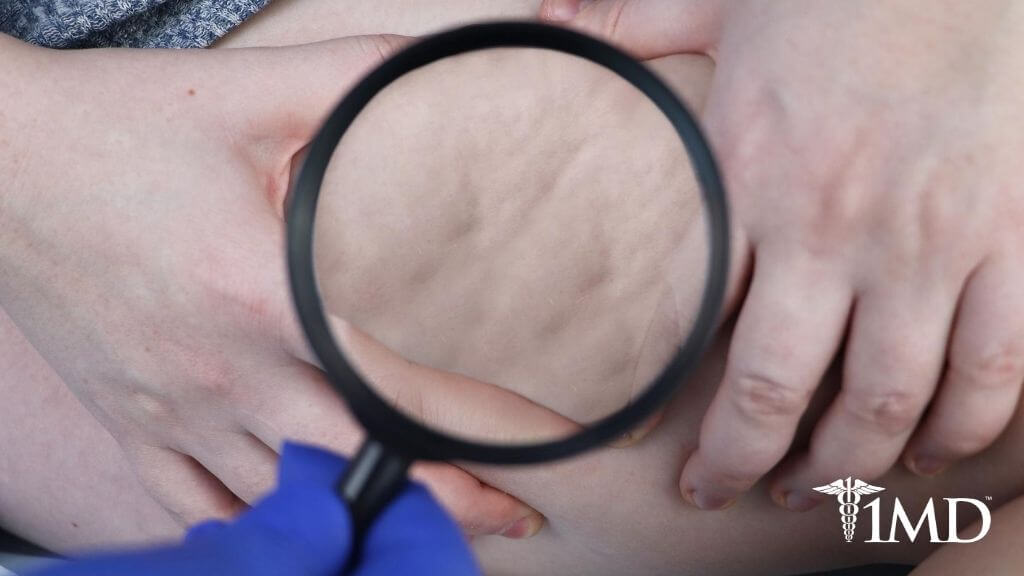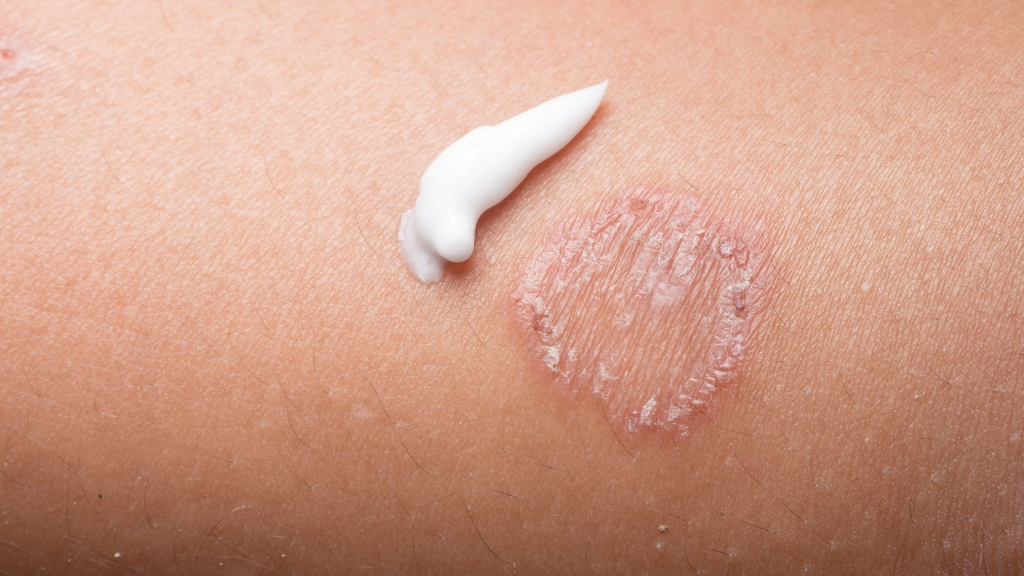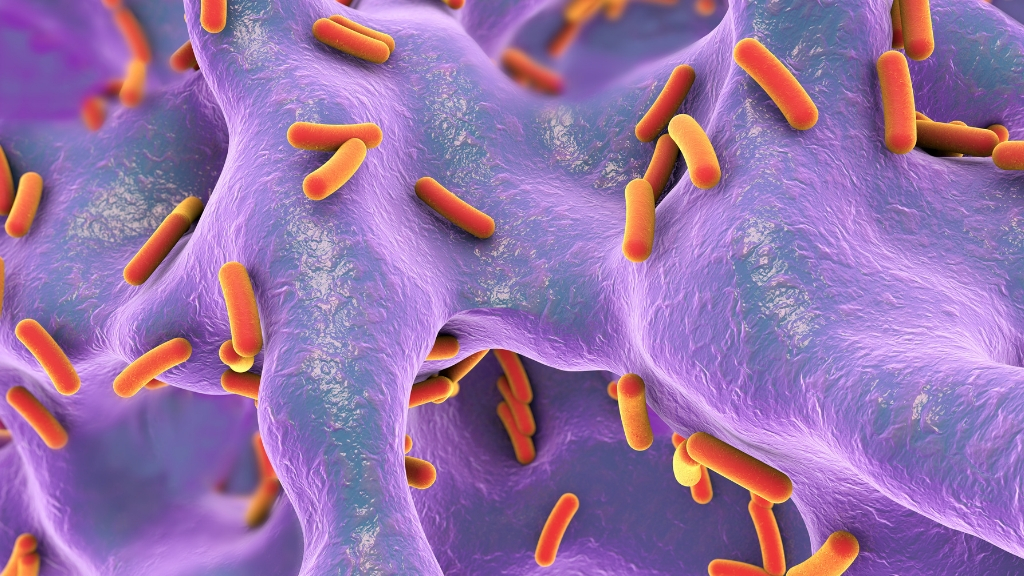What Is Cellulitis? The Dangers, Signs, and Symptoms to Watch Out For
7 minute read
While the name cellulitis might sound unfamiliar, the condition is fairly common. Cellulitis is a bacterial skin infection that’s usually seen on the lower legs, but it can occur on other areas of the body.
Cellulitis happens when a crack or a break of some sort happens in the skin, allowing bacteria to enter. As the bacteria invades the body, the skin where the infection began starts to swell and redden, becoming painful and warm to the touch.
If left untreated, the infection can spread and become life threatening in the worst situations. However, if caught and treated early enough, you can clear it up without any long-term problems.
Symptoms of Cellulitis
Because cellulitis is caused by a bacterial infection that slips into the body through a break in the skin, you might not notice the injury right away. If this is the case, keep an eye on the area to see if any of the following symptoms occur around that break in your skin.
Unfortunately, there are often small cuts or scratches that go unnoticed. If you have any of these symptoms but no obvious break in your skin, it’s still important to seek medical attention to prevent the infection from becoming worse or spreading.
♦ Red patch that continues to get larger or red spots
♦ Swelling
♦ Tenderness and/or pain
♦ Feels warm to the touch
♦ Blisters
♦ Skin dimpling, typically with swelling
♦ A fever

It should be noted that cellulitis symptoms can come all at once or you may only have one of them or just a handful. Even just one symptom is reason to be concerned, as cellulitis can be extremely fast-acting.
How Do You Get Cellulitis?
Anyone can get cellulitis, as the bacteria can exist unnoticed on virtually any surface and enter the body through something as innocuous as a papercut. But the following are some known risk factors that may make you more susceptible to a cellulitis infection:
♦ Any injury such as a cut, fracture, burn, scrape, etc. that allows entry into the body
♦ Skin conditions like eczema, athlete’s foot, and shingles often prompt itching that can create entry points
♦ A weakened immune system from illness or from medication
♦ Lymphedema is a condition that sometimes happens after surgery. It is a chronic swelling of the extremities that makes you more vulnerable to infection.
♦ IV drug use is known as a risk factor for cellulitis
♦ Participating in contact sports can make you more prone to getting cellulitis
♦ Past cellulitis issues make you more susceptible to getting it again
One thing to note is that cellulitis is not contagious. You typically cannot spread this infection from one person to another.

How Can You Avoid Cellulitis?
It is probably impossible to protect yourself from cellulitis entirely since everyone gets a cut, a scrape, or a burn at some point in their lives. And you never know when you’re exposed to the bacteria that are the most common culprits of cellulitis. You may be exposed regularly but never have a problem.
If you do have an injury, you can treat it immediately and protect yourself from the bacteria, or at least make your wound less hospitable. The key is to clean the wound area immediately and apply an antibiotic ointment.
Cover the wound with a bandage and change it daily until you develop a self-protecting scab. Keep your eye out for any signs of infection.
Some other steps you can take to prevent cellulitis include:
♦ Keep your skin moisturized to prevent cracking
♦ Treat superficial skin infections, like athlete’s foot and jock itch, immediately
♦ Wear appropriate protective gear to prevent injuries when working or playing
♦ If you have poor circulation or diabetes, inspect your feet daily for injury or infection
♦ Trim toenails and fingernails carefully so you don’t cause a wound
Cellulitis Treatments
If you believe you have cellulitis or any infection of the skin around a wound, medical help is important. Because this infection can be very fast-acting, the quicker you react the better your chances are of treating the cellulitis before it gets worse or complications occur.

Your doctor will likely be able to make a diagnosis just by looking at the area in question, but blood tests may be requested to help rule out any other infections.
Antibiotics are the standard treatment, usually an oral antibiotic is sufficient. If it’s discovered that the infection isn’t responding or if the cellulitis is already in an advanced stage, your doctor may want to hospitalize you and prescribe intravenous antibiotics.
| Related: Why Probiotics Can Help When Taking Antibiotics |
Because cellulitis often presents with a significant amount of pain, it’s a good idea to discuss pain-relief medications with your doctor. While an over-the-counter analgesic might be a suitable option, you’ll want to know which ones are the best option for you, as some people prefer natural alternatives to NSAIDs.
Cellulitis Complications
If you don’t seek treatment for your cellulitis, there can be severe complications as it spreads through your body. It’s most direct path into the body is through the lymph nodes and bloodstream, but in some cases it has spread into deeper layers of tissue.
If it does spread, there’s a possibility you could develop the following complications:
♦ Blood infection
♦ Bone infection
♦ Inflammation of lymph vessels
♦ Gangrene or tissue death

These complications can be life threatening, so if you haven’t already seen your doctor, it’s time to get in the office. If you’ve already been treated for cellulitis but one of these conditions develops, you need to immediately return to seek further treatment.
The Bottom Line
Cellulitis is a bacterial infection that, although it’s fairly common, can be serious. Unfortunately, cellulitis can be a rapidly spreading infection, giving you less time to seek medical attention.
If you have a red spot on your body, especially on your lower legs, check to see if it’s warm to the touch, tender, or if it seems to be spreading. These are the most common symptoms and are typically the first signs that something is wrong.
The key to a good recovery from cellulitis is knowing what to look for and acting quickly.












